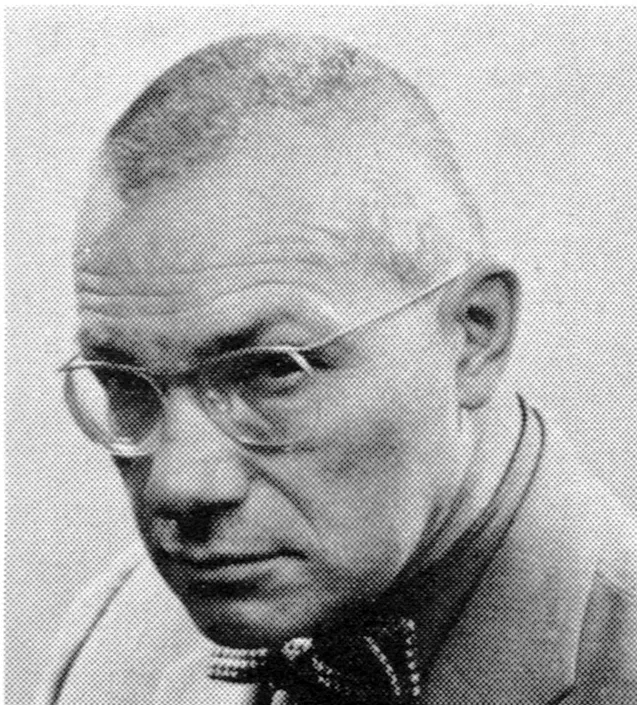
Information
Edition of 5000 copies. Issued in conjunction with the exhibition held Sept. 28-Nov. 17, 1974 at the Albright-Knox Art Gallery, Buffalo, N.Y., Dec. 17, 1974 to Feb. 16, 1975 at the Los Angeles County Museum of Art, and Mar. 4-Apr. 20, 1975 at the San Francisco Museum of Art.
Details
Linked Information
